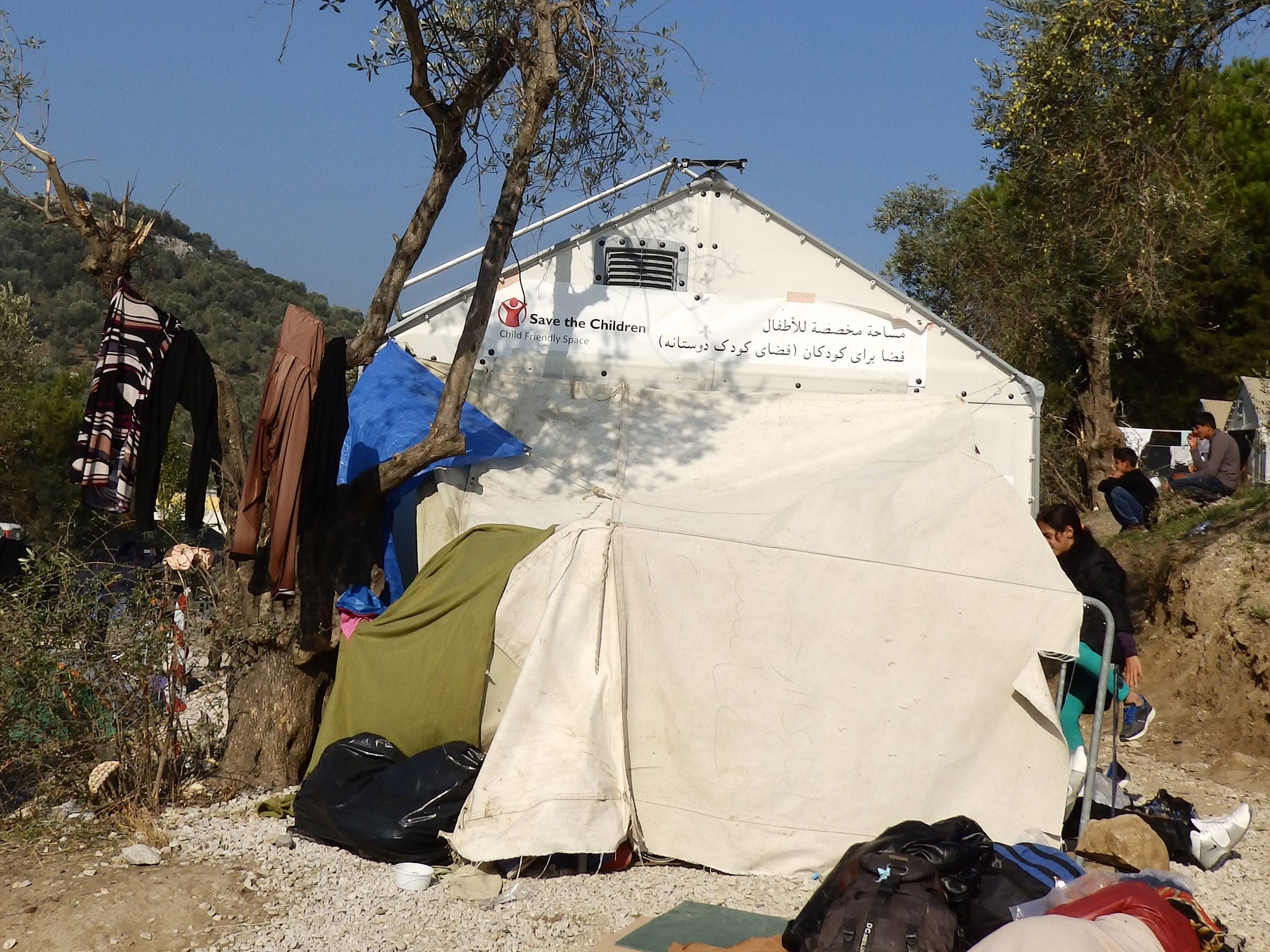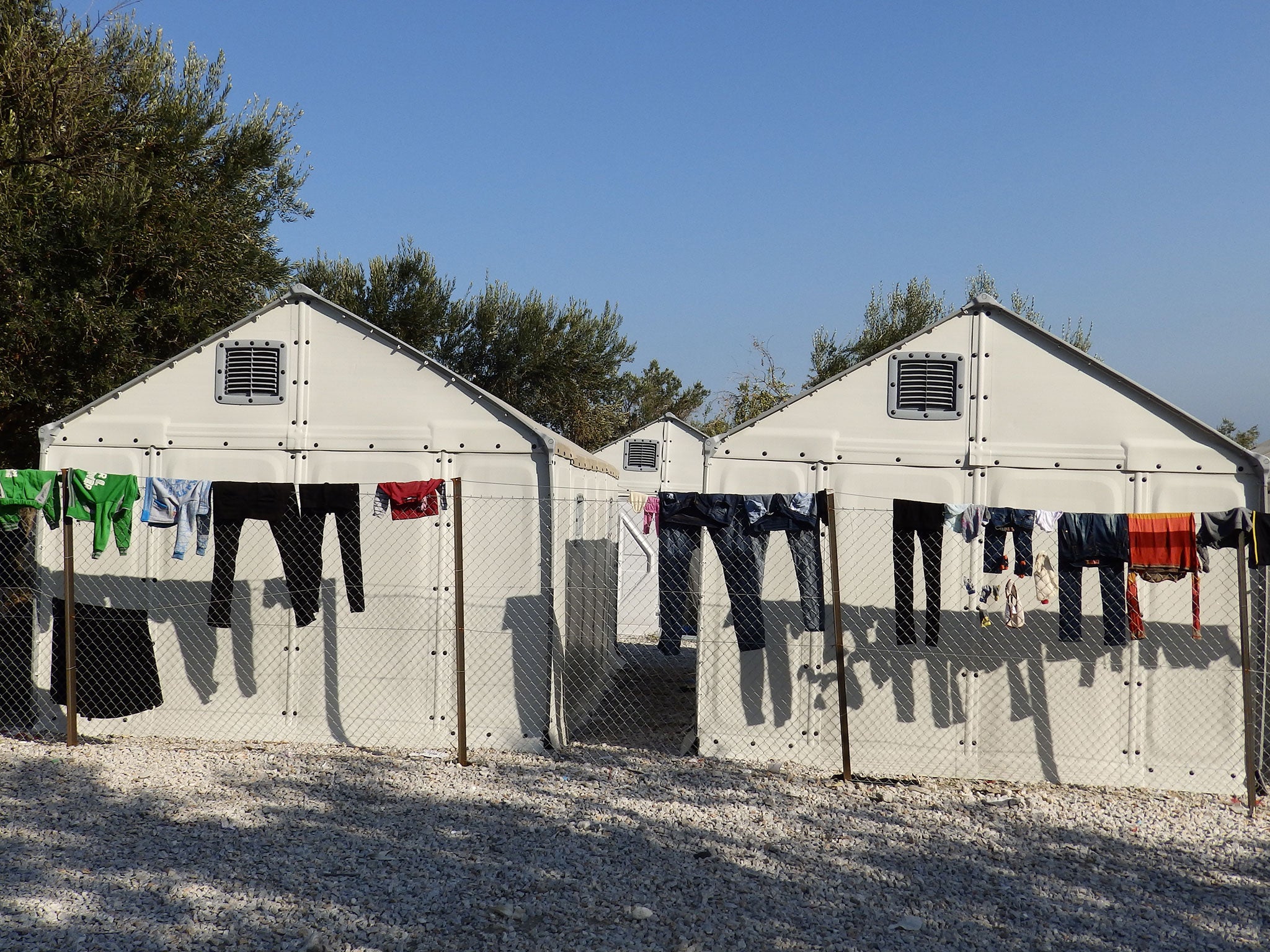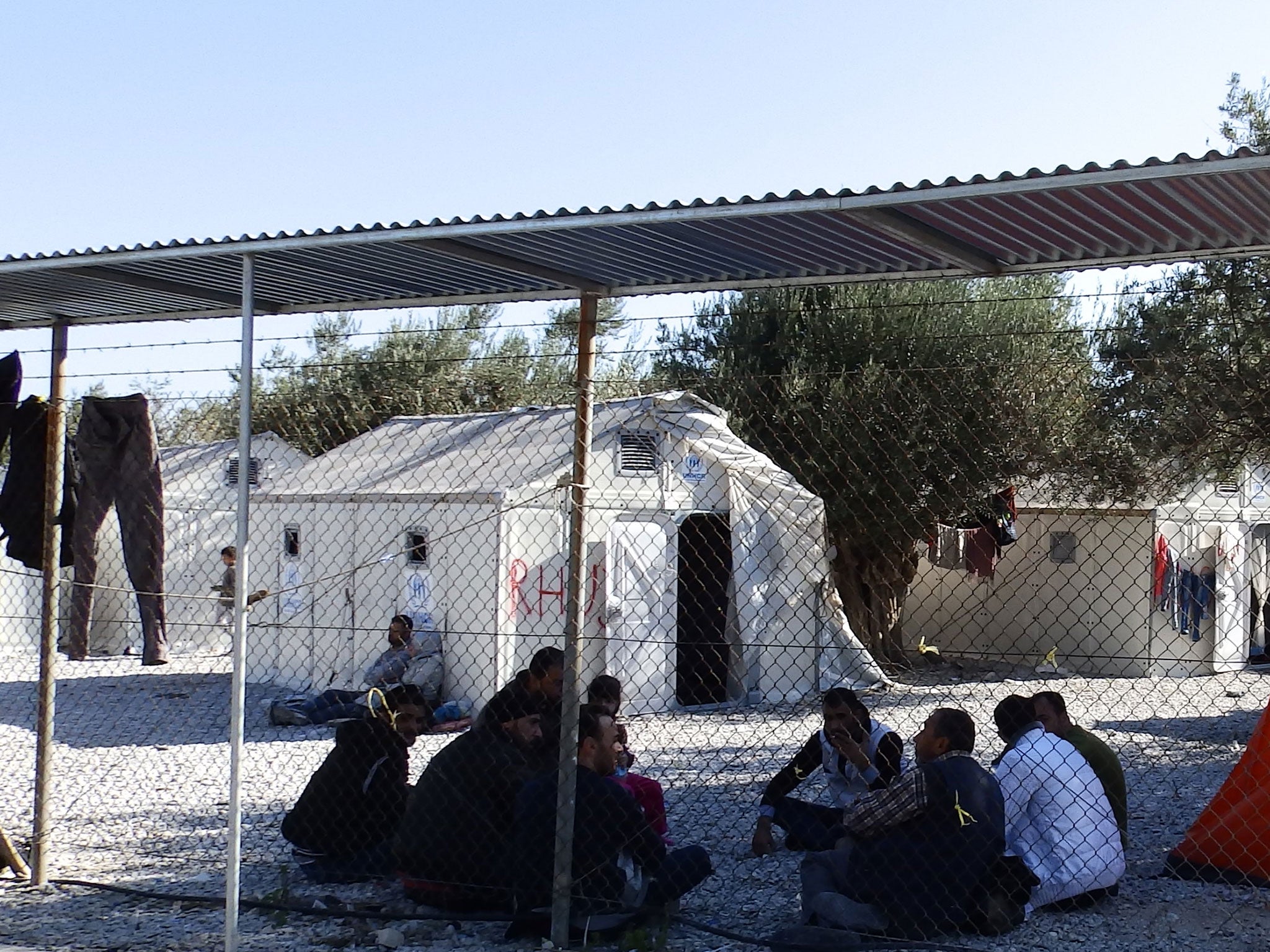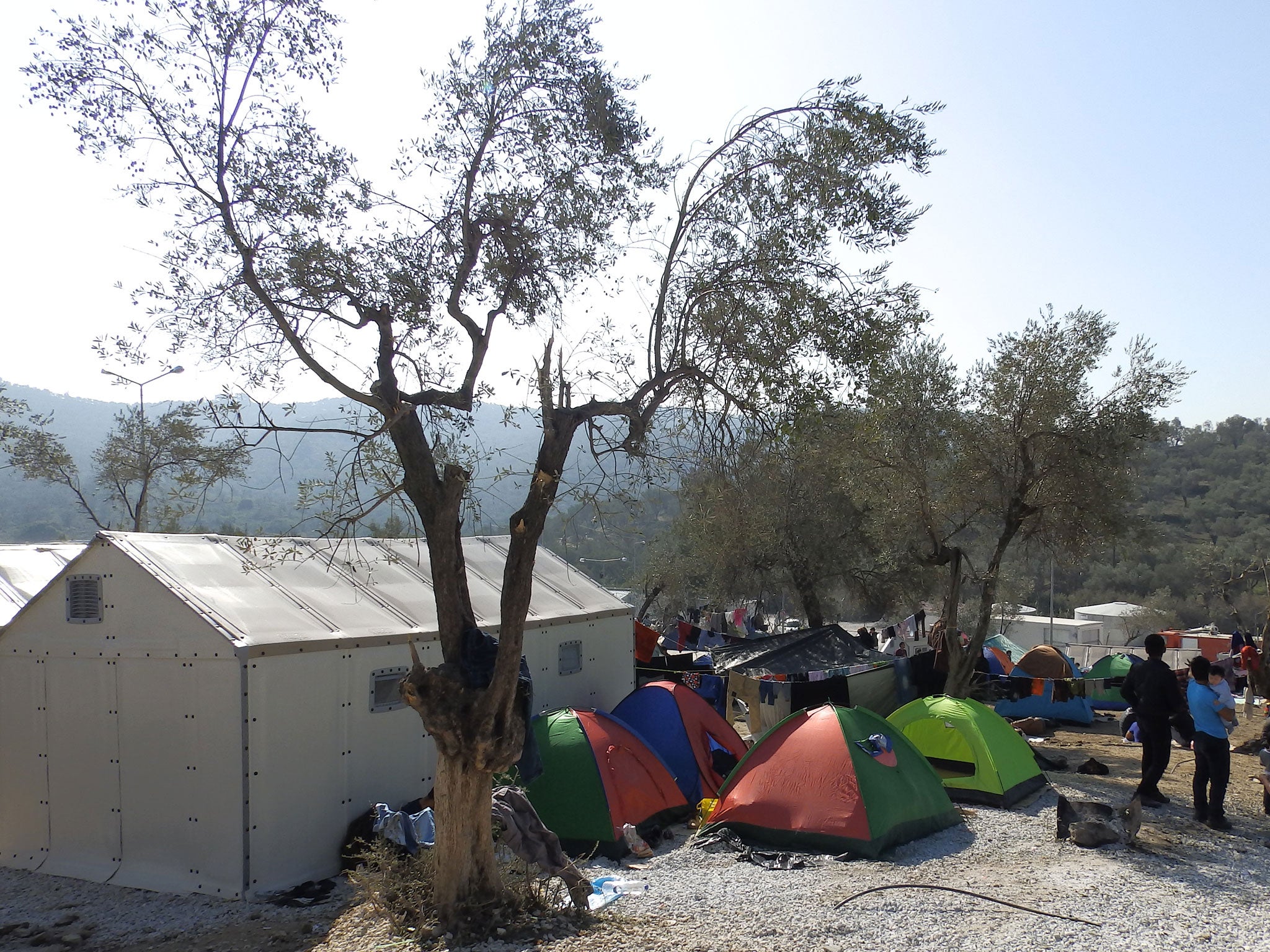Ikea's flat pack refugee shelters housing thousands of desperate families across Europe as winter closes in
The huts are being used by aid agencies and to house desperate families in Europe, the Middle East and Africa

Thousands of flat pack refugee shelters are being sent around the world by Ikea as asylum seekers face freezing temperatures and worsening weather on their journey to Europe.
On the Greek island of Lesbos, aid agencies say they are dramatically improving the living conditions of thousands of people who continue to arrive every day.
The distinctive white structures are popping up in its two refugee camps, as well as transit points and along the northern coastline where smugglers send overloaded dinghies from nearby Turkey.
As part of the Better Shelter programme run by Ikea and the United Nations refugee agency (UNHCR), 520 kits have so far been sent to the island.
On the coast, the huts allow people to rest, eat and change out of their wet clothes, while at transit camps they are being used as clinics and first aid centres.
In the refugee centres at Kara Tepe and Moria, they house entire families in “streets” bisected by washing lines, and are used by aid agencies.
Boris Cheshirkov, a spokesperson for the UNHCR, said: “The shelters are particularly vital now with temperatures dropping at night and with the coming of winter.

“It’s absolutely essential for people to have a roof over their heads, although registration has improved and sped up considerably.”
German volunteers from a group called the Green Helmets are working to prepare the shelters for winter, with raised wooden flooring to keep the damp out and proofing against the rain.
Ikea and the UNHCR started the Better Shelter scheme earlier this year, hailing it as a “ground-breaking example of democratic design” to bring refugees safety and dignity.
Aid agencies started setting up the first of 10,000 units this summer and Ikea expects to increase its production over coming years.
The shelters arrive in cardboard boxes and can be assembled in a few hours without tools, with the help of an illustrated manual.

Intended to sleep five people, they have windows, ventilation, a locking door and solar panel linking to an LED light and mobile phone charger.
Each shelter costs $1,150 (£773) and is intended to last for around three years.
At the peak of the refugee crisis earlier this year, families were sleeping on the bare ground or in tents on Lesbos as they waited for days to be registered so they could carry on their journey towards western Europe.

But the backlog has been cleared and Mr Cheshirkov said that authorities now aim to house all refugees, mainly from Syria, Afghanistan and Iraq, in the shelters.
“There’s certainly competition when there are many people but we intervene to try and give families and vulnerable people priority,” he added. “The situation is improving considerably.”
Of almost 900,000 refugees and migrants who have arrived in Europe so far this year, the vast majority have entered through Greece, including 425,000 landing in Lesbos alone.
The vast numbers are finally showing signs of falling on the holiday island, from an average of 4,400 a day last month to between 1,000 and 3,000 daily over the past week.
The treacherous voyages have killed more than 3,500 people in the Mediterranean and Aegean Sea in 2015, including six children who drowned in two separate accidents off the Turkish coast on Friday.
Johan Karlsson, head of business development at Better Shelter, said the group would like to see Europe ensure refugees have a permanent home.
He added: “But as the current situation leads to many having to stay in transit camps during several halts of their distressful journey, we are pleased to be able to provide families with a moment of calm and safety.”
The shelters have so far been sent to countries including Ethiopia, Greece, Iraq, Macedonia and Nepal.
Join our commenting forum
Join thought-provoking conversations, follow other Independent readers and see their replies
Comments